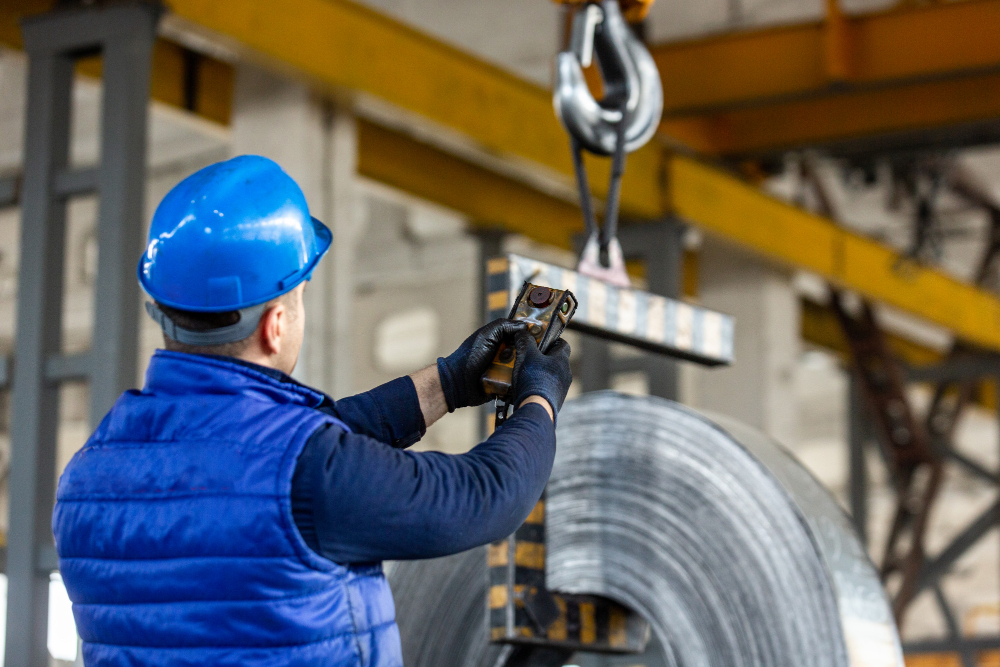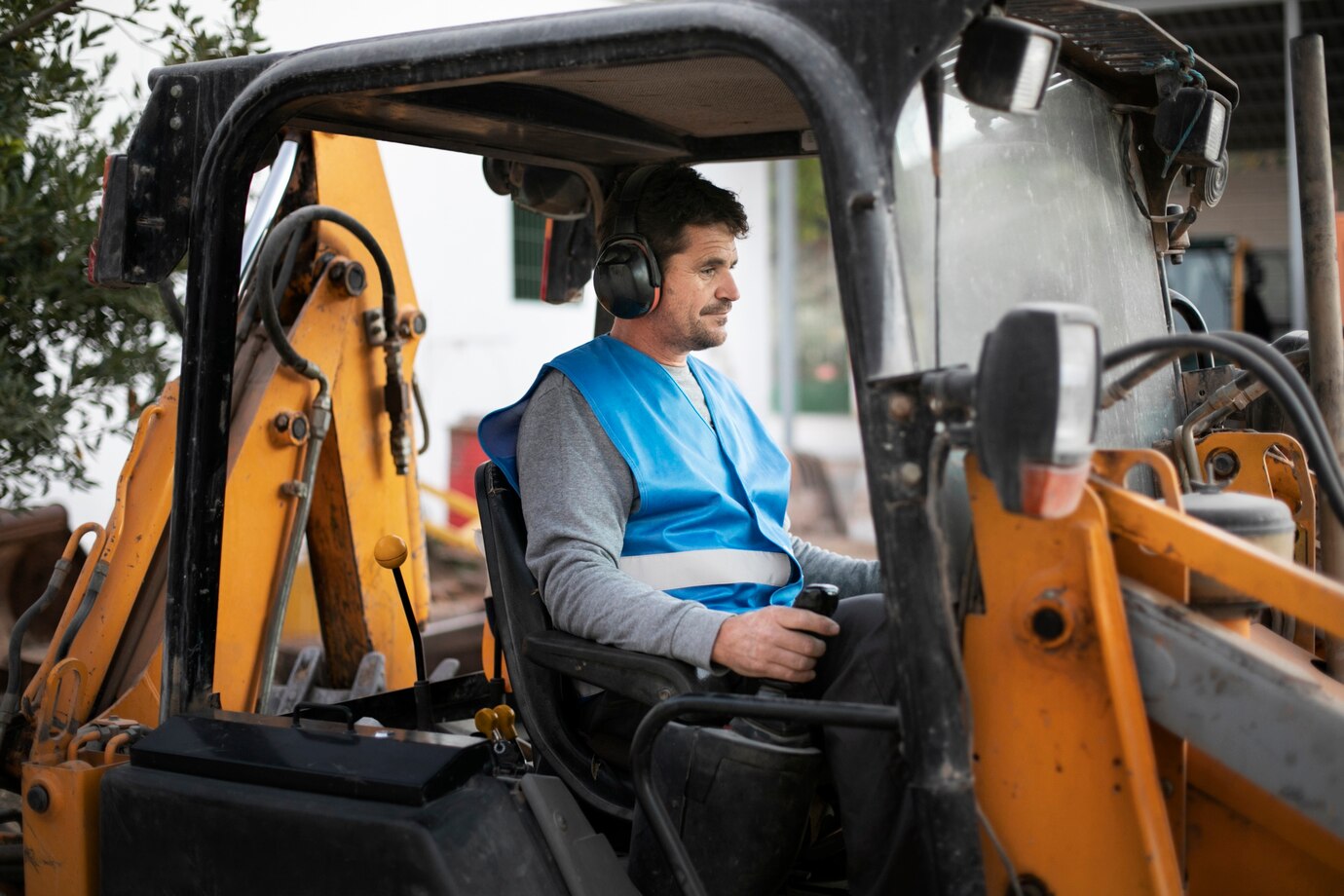
10 Essential Safety Tips for Working at Heights in Qatar | April 01, 2025
Working at heights is a necessary part of many industries in Qatar, but it also comes with significant risks. Falls from heights are a leading cause of workplace fatalities and injuries. This blog post aims to highlight the importance of fall protection and provide practical tips for safe working practices when working at heights in Qatar.
Working at heights is a necessary part of many industries in Qatar, but it also comes with significant risks. Falls from heights are a leading cause of workplace fatalities and injuries. This blog post aims to highlight the importance of fall protection and provide practical tips for safe working practices when working at heights in Qatar.
Understanding the Risks
-
Gravity: The most obvious risk is the force of gravity. A fall from even a relatively low height can result in serious injury or death.
-
Unstable Surfaces: Working on roofs, scaffolding, or ladders can be precarious, as these surfaces can be unstable and prone to collapse.
-
Equipment Failure: Equipment such as harnesses, lanyards, and lifelines can fail if not properly inspected and maintained.
-
Environmental Factors: Wind, rain, and extreme temperatures can all create hazardous conditions for workers at heights.
The Importance of Training and Equipment
-
Comprehensive Training: Workers at heights must receive comprehensive training on fall protection, including how to use equipment properly and how to identify and mitigate risks.
-
Regular Inspections: All fall protection equipment must be regularly inspected and maintained to ensure it is in good working order.
-
Fit for Purpose: Equipment must be appropriate for the task at hand and the specific work environment.
Risk Assessment and Fall Protection Plan
-
Identify Hazards: A thorough risk assessment should be conducted before any work at heights begins. This assessment should identify all potential hazards and evaluate the level of risk.
-
Control Measures: Based on the risk assessment, a fall protection plan should be developed that outlines the control measures that will be implemented to mitigate the risks.
-
Rescue Plan: A rescue plan should also be in place in case of an emergency.
Personal Protective Equipment (PPE)
-
Harnesses: A full-body harness should be worn at all times when working at heights. The harness should be properly adjusted and fit snugly.
-
Lanyards: Lanyards should be attached to the harness and a secure anchor point. They should be short enough to prevent a free fall but long enough to allow for movement.
-
Lifelines: Lifelines can be used in conjunction with lanyards to provide additional fall protection.
Safe Ladder Use and Scaffolding Practices
-
Ladder Stability: Ladders should be placed on a stable and level surface. They should be angled correctly and extend at least one meter above the landing point.
-
Scaffolding Inspections: Scaffolding should be erected by a competent person and inspected regularly. Guardrails and toe boards should be installed to prevent falls.
Additional Tips
-
Clear Communication: Maintain clear communication with colleagues while working at heights.
-
Stay Focused: Avoid distractions and stay focused on the task at hand.
-
Report Hazards: Report any hazards or near misses to your supervisor immediately.
By following these essential safety tips, workers in Qatar can significantly reduce the risk of falls and other accidents when working at heights. Remember, safety is everyone's responsibility.





